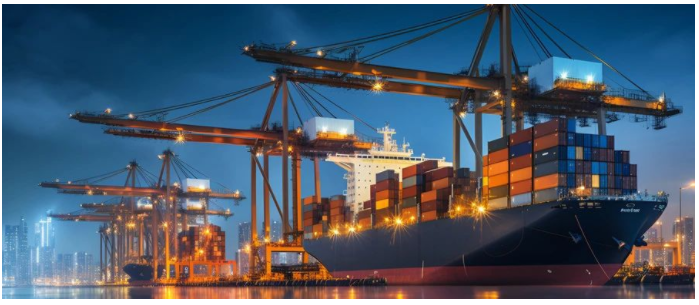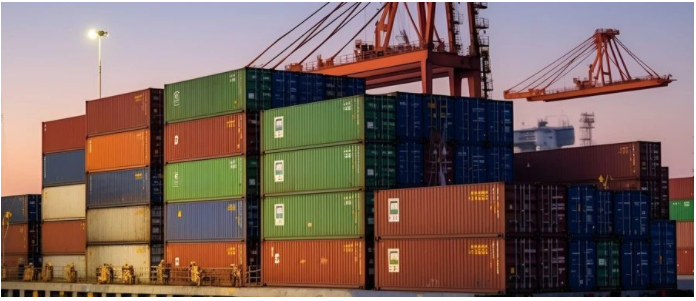The congestion in some trade hubs in Asia is likely to continue until at least August, as some ships are avoiding the most congested ports, leading to bottlenecks in other ports as well.
As one of the busiest transit centers in the world, Singapore Port has been facing severe port congestion issues for weeks. The Singapore Minister of Transport recently stated in Parliament that the Singapore Maritime and Port Authority (MPA) and port operator PSA are in discussions with liner operators to optimize vessel arrival times and operations, and improve turnover rates.
Chee Hong Tat stated that almost all container ships bound for Singapore have been delayed as the Red Sea crisis continues to disrupt shipping schedules. So far this year, 90% of container ships stopping at the world's second busiest port have not stopped on time, with an average of 77% in 2023.

Although container ships stay longer in Singapore, increasing the waiting time for incoming vessels, the anchorage is not crowded.
The minister said, "Many ships arrive in a very short period of time, complicating the problem by causing a 'ship gathering' effect. Therefore, the demand and complexity of container loading and unloading in our ports have increased."“
In May, ships have to wait for up to a week before they can dock, while in normal times it takes half a day.

According to EconDB data, Singapore currently has a higher volume of container transportation among container ports, with 72% of ships bound for Singapore experiencing delays. In the next seven days, 256 ships will arrive. Over the past two weeks, the stay time for outbound and transshipment containers has been approximately 10 days.
The minister added that his department is collaborating with port operator PSA to increase capacity and respond to the arrival of more ships. On Monday, one of the three new berths located at Tuas Ferry Terminal in Singapore began operation, while the other two berths will open in October and December.
If the arrival of ships does not decrease, more berths can be opened in advance. In addition to opening new berths, the closed Keppel and Tanjung Bagh docks have also been restarted.

Singapore is the busiest container transshipment port in the world, with many liner and feeder operators transferring containers here and then transporting them to other parts of Asia to accelerate the speed of ships returning to Europe.
Lin Erlytica consolidation market analyst Tan Hua Joo said that due to the cancellation of vessel berths or switching to Malaysia's Klang and Tanjung Parapas ports, this has to some extent alleviated the congestion situation at Singapore ports. Overall, the congestion situation has slightly eased since mid June, but port congestion will continue for at least another month.
According to Linerlitica's data, Asian ports are still the world's leading maritime traffic congestion area. 23% of the idle container capacity waiting to dock globally occurs in Southeast Asia, 20% in the Middle East, and 11% in the Indian subcontinent.
Source: Souhang Network






